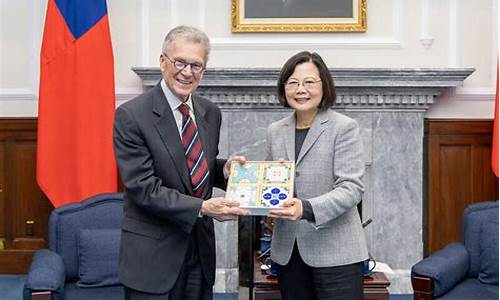Exploring the Realm of Technical Translation: Learning and Practice
In today's globalized world, the demand for technical translation is ever-increasing. Whether it's software manuals, engineering documents, or medical reports, accurate translation is crucial for effective communication across linguistic barriers. This article delves into the realm of technical translation, exploring the intricacies of learning and practical application in this field.

Understanding the Challenges
Technical translation poses unique challenges that require specialized skills and knowledge. One must not only be fluent in the source and target languages but also possess a deep understanding of the subject matter. Terminology consistency, cultural nuances, and context accuracy are paramount. Additionally, staying updated with the latest industry trends and terminologies is essential to deliver high-quality translations.
Mastering the Craft
Becoming proficient in technical translation requires continuous learning and practice. Formal education in translation studies, linguistics, or a specific technical field can provide a solid foundation. However, hands-on experience through internships, freelance projects, or working in-house at translation agencies is invaluable. Utilizing translation tools and software can also streamline the process and improve efficiency.
In Conclusion
In conclusion, delving into the world of technical translation involves a blend of theoretical knowledge and practical application. By understanding the challenges, mastering the necessary skills, and staying updated with industry developments, one can navigate this field successfully. Embracing a lifelong learning mindset is key to thriving in the ever-evolving landscape of technical translation.



